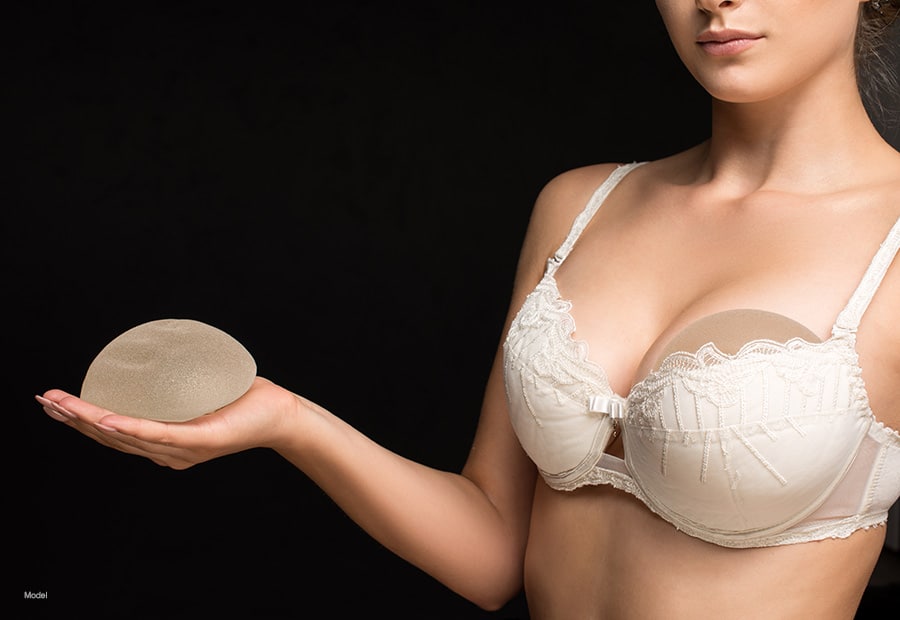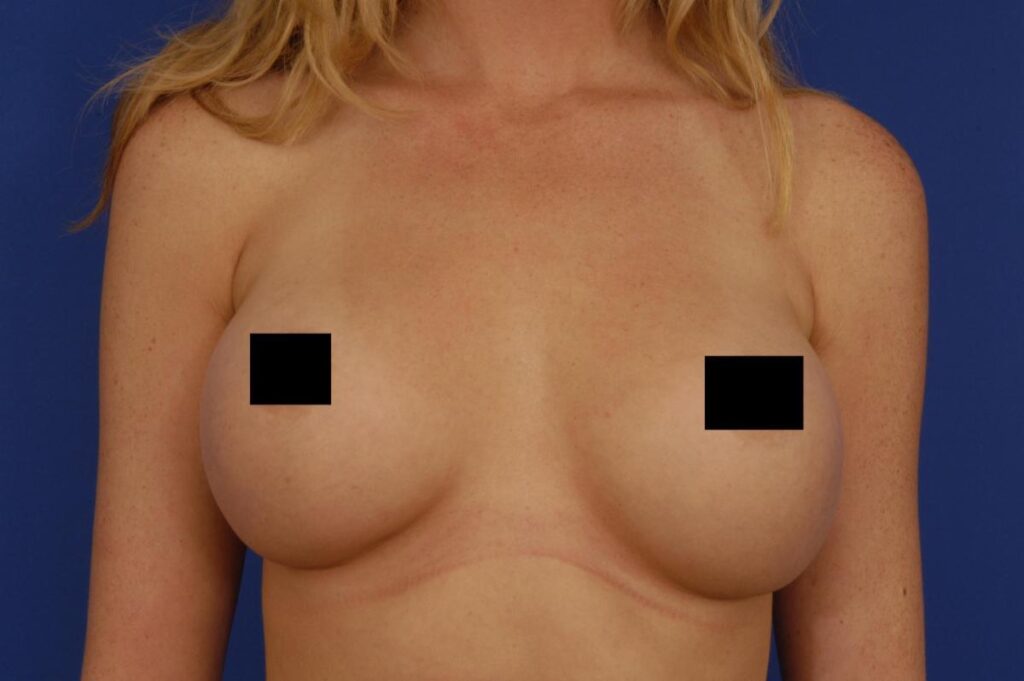Part 1: Reasons You NEED to Replace Breast Implants
Many have heard that breast implants must be changed every 10 years. However, some women with older implants are happy with them after a decade or even more. Saline implants have been known to last up to 30 years, although women may have opted for a breast lift for various elective reasons, including to address sagging.

The 10-year rule is based on the fact that most implant replacement warranties usually have a 10-year expiration. If you want implants with a complete financial warranty, you will change them every 10 years, even if they are in good condition. However, warranties don’t cover implants that are in good condition, so you’ll need to consider the financial implications. Yet just as most people don’t turn in their cars at the warranty expiration period of three years or 36,000 miles, several patients keep the implants they have for years beyond the initial 10-year warranty coverage.
7 Reasons You Need to Replace Your Breast Implants
Various factors, including personal preferences or lifestyle changes, can influence this decision. The following seven reasons for replacing breast implants will focus on medical considerations and examples of when the procedure needs to happen.
1. Implant Malposition or Displacement
Implant malposition or displacement refers to the shifting or movement of breast implants from their original placement. This can result in an unnatural appearance or discomfort. In some rare cases, an implant may rotate within the breast pocket, leading to asymmetry or distortion.
When these issues arise, a breast revision may be necessary to reposition the implants and restore a balanced and natural look.


Double bubble deformity is an uncommon complication that can occur when the natural breast tissue sags below the implant, creating a secondary “bubble” appearance.
This complication can be more noticeable in women with limited breast tissue. Correcting a double bubble deformity usually involves implant replacement or revision to reposition the implant and address the underlying issue.
2. Implant Rupture or Leakage
Although modern breast implants are designed to be durable, they are not immune to the possibility of rupture or leakage.
Silicone gel implants require regular monitoring through imaging techniques like MRI to detect silent ruptures. When an implant rupture occurs, promptly replacing the affected implant is generally recommended to avoid potential health concerns.
Experience seems to show that the rupture rate of silicone implants is lower when compared to saline. However, the overall lifespan may be only slightly longer. Many patients choose to replace silicone implants at or around ten years to avoid going without warranty coverage. The warranties for the latest 5th-generation silicone implants are excellent, with financial reimbursement of $3,500 (in addition to free new implants) if the implants rupture before ten years. One implant company now warranties their devices for 20 years!
Saline implant leaks are typically easy to detect as the breast will noticeably deflate. When a saline implant deflates, we recommend changing it ASAP to avoid capsular contracture. These deflations happen suddenly and without warning. For this reason, many patients change their saline implants at ten years — even if they are not deflated. They simply want to avoid an urgent, unanticipated need for surgery.

3. Capsular Contracture
Capsular contracture is a complication that can occur after breast augmentation surgery. It involves the formation of a thickened and hardened capsule of scar tissue around the implant.
This condition can lead to discomfort, distortion of the breast shape, and sometimes pain. When capsular contracture becomes severe, implant replacement or removal may be necessary to address the issue and relieve discomfort.

4. Breast Implant Rippling
Implant rippling or wrinkling occurs when the edges of a breast implant become visible or palpable through the skin, typically along the sides or upper part of the breast. This phenomenon is more common with saline implants but can also occur with older silicone implants.
Rippling is not covered by any implant warranty but is a very common reason for a change from saline to silicone. Earlier-generation silicone implants can also ripple in very thin patients, and changing to the newer precision-filled “gummy bear” option can help reduce this risk. The newest highly cohesive implants, such as the MENTOR BOOST and the SIENTRA HSC+, are excellent choices for this problem.

5. Allergic Reaction to Breast Implant Materials
Although rare, some individuals may be allergic to the materials used in breast implants, and this can manifest as persistent discomfort, redness, or inflammation in the breast area.
In such cases, removing and replacing the implants with a hypoallergenic breast implant option may be recommended to alleviate symptoms.
6. Breast Implant-Related Infections
Infections or complications related to breast implants are infrequent but can occur. These may include infection of the surgical site, persistent seromas (fluid collections), or delayed wound healing.
In severe cases where conservative treatments are ineffective, removing and replacing the implants may be necessary to resolve the issue and promote healing.
7. Changes in Health or Medical Conditions
Some women may experience changes in their health or develop medical conditions that prompt them to consider breast implant replacement. For example, a woman diagnosed with breast cancer and undergoing a mastectomy may opt for breast reconstruction, which may involve the removal of her existing breast implants and replacement with a different type or style of implant.
Another rare but serious complication is Breast Implant-Associated Anaplastic Large Cell Lymphoma (BIA-ALCL). BIA-ALCL is a type of lymphoma that can develop around breast implants. BIA-ALCL is not a form of breast cancer and occurs most frequently in patients with breast implants with textured surfaces.
Considerations:
If you have had your implants for fewer than ten years, you probably still have a warranty in effect (unless you have relatively new saline implants). If you are still happy with your implants, there should be no reason to change them now.
Are You Considering a Breast Implant Replacement?
Various factors, including aesthetic preferences, lifestyle changes, and medical considerations, influence the decision to replace breast implants. Whether driven by a desire for a different size or shape, addressing complications, or maintaining the longevity of their breast augmentation results, women have valid reasons for choosing to replace their breast implants.
Consulting with a board-certified plastic surgeon is essential to discuss individual concerns and explore the best options for achieving the desired outcome safely and effectively.
Remember, there are only two times implants should be changed: when they NEED to be changed due to a complication or illness and when you WANT them replaced.
Now that we’ve revealed the seven reasons implants should be removed, be sure to check back for our next blog, where we’ll review the common reasons women may choose to replace their breast implants for elective and personal reasons.
Breast Implant Replacement Expert in California’s Inland Empire
If you need to replace your breast implants, Dr. Andreasen’s skill and experience of over twenty years are a great way to ensure excellent results and lower complication risks. He specializes in a procedure called the ANDREASEN REFRESH that tightens the pocket for the implant and replaces it with or without a lift. To schedule a consultation, call 909-291-4900 or fill out our online contact form.

